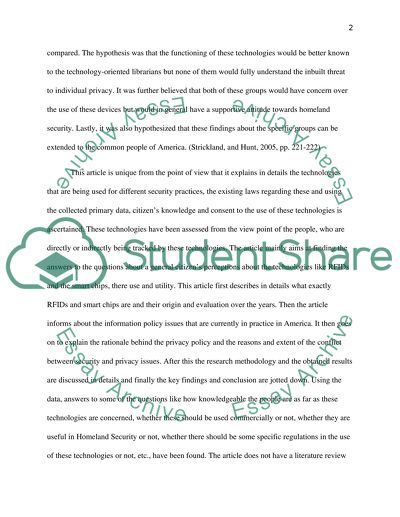Cite this document
(“Homeland Security Organization Book Report/Review”, n.d.)
Homeland Security Organization Book Report/Review. Retrieved from https://studentshare.org/miscellaneous/1582025-homeland-security-organization
Homeland Security Organization Book Report/Review. Retrieved from https://studentshare.org/miscellaneous/1582025-homeland-security-organization
(Homeland Security Organization Book Report/Review)
Homeland Security Organization Book Report/Review. https://studentshare.org/miscellaneous/1582025-homeland-security-organization.
Homeland Security Organization Book Report/Review. https://studentshare.org/miscellaneous/1582025-homeland-security-organization.
“Homeland Security Organization Book Report/Review”, n.d. https://studentshare.org/miscellaneous/1582025-homeland-security-organization.


